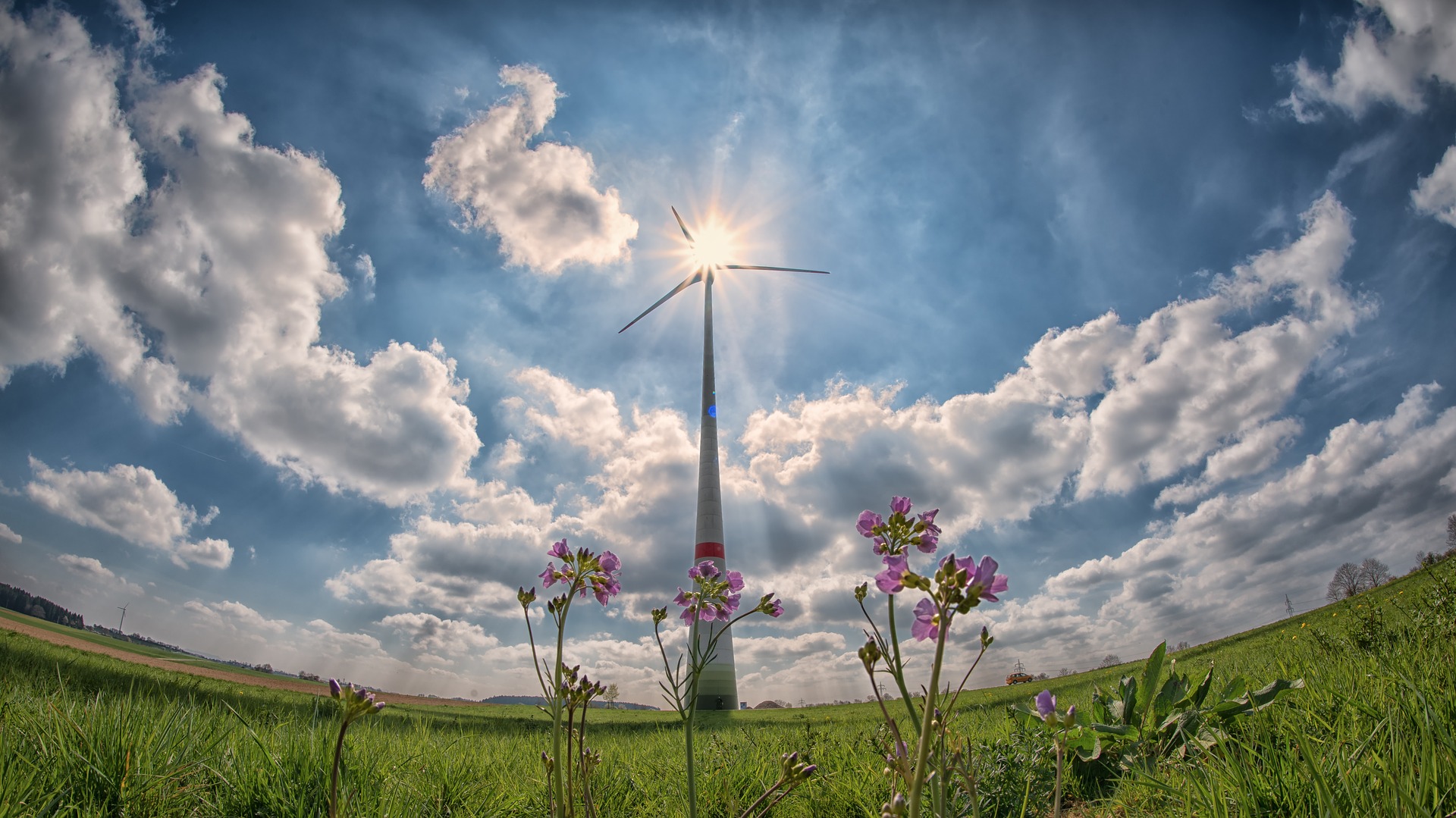Estonia’s Minister of Economic Affairs and Infrastructure Taavi Aas has put on a round of approvals a document of legislative intent that would allow a portion of the income earned from the operation of to be shared with the local residents directly affected by the operation of the as well as the local municipality.
Developers of have also signed financial agreements with local authorities and communities in the past, spokespeople for the Ministry of Economic Affairs and Communications said.
“The legal basis for such local benefit agreements is deficient in Estonia, which has created problems. For example, the agreements are not public, and there is a perceived risk of corruption and unequal treatment of businesses,” Aas said according to the spokespeople.
An analysis prepared by the Praxis think-tank in 2020 showed that a framework to compensate for the disturbances caused by in the form of a local fee or toleration payment would be suitable in order to create greater legal clarity. Developers, local authorities and local residents have also been in favor of this solution.
“ is our opportunity to support local communities with the green transition and to make the Estonian electricity system future-proof,” Aas said.
According to the document of legislative intent, in the case of onshore , the fee is divided between the municipality and the local people directly affected by the . When it comes to offshore , the toleration payment is paid from the superficies charge, which means that part of the superficies charge collected by the state is directed to the local governments of the affected area and to the directly affected people, such as fishermen.
For onshore , the fee would be up to 0.5 euros per megawatt-hour of electricity produced, or 150,000 euros per year for a 100-megawatt . The fee would be divided half and half between the local authority and the people living near the . For example, for a 100 MW , if the fee were to be shared between the municipality and 100 households, each household would receive around 750 euros per year.
In the case of offshore , 5 percent of the superficies charge would be paid as the toleration payment, which equals, for example, 700,000 euros per year for a 1,000-megawatt farm, and which is received by the local authority. The fee is paid to municipalities located closer than 20 kilometers to the nearest wind turbine and distributed among municipalities in accordance with the size of the impacted area.
The principles of compensation may still change as the document of intent passes through the round of approvals.

